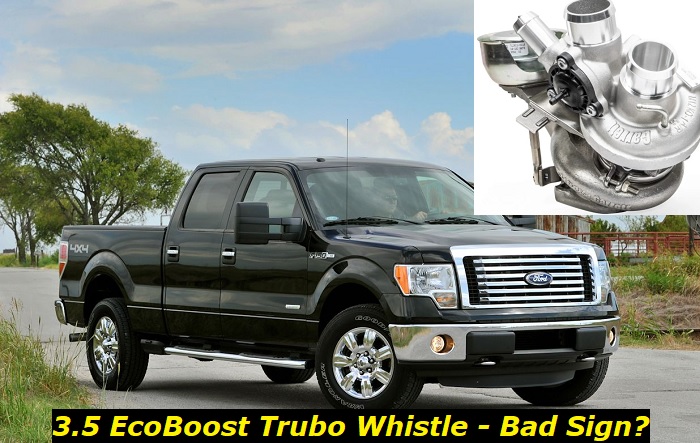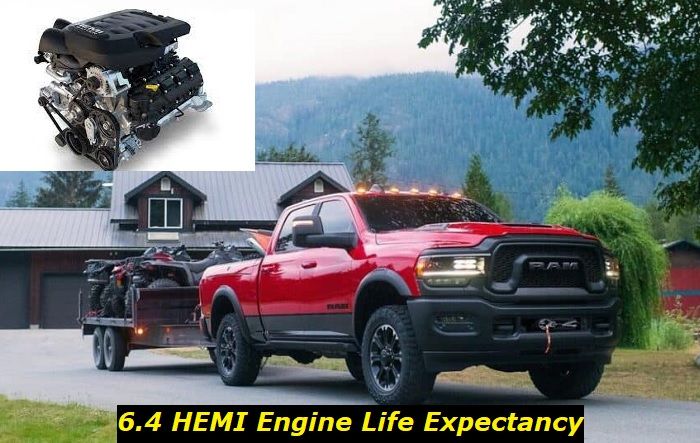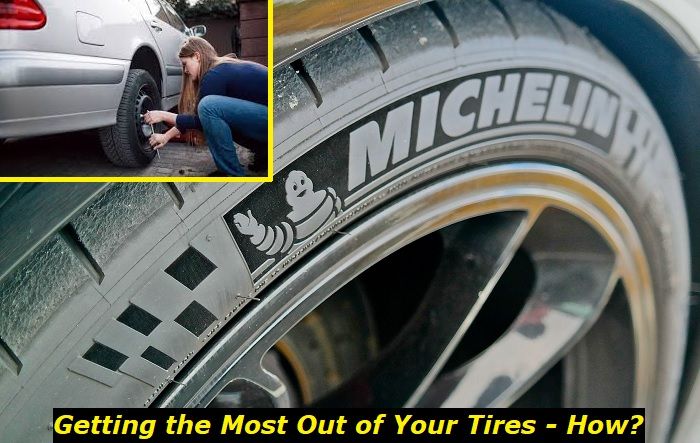The Ford 3.5L EcoBoost engine has faithfully served consumers since it debuted in 2010. If you drive a Ford car with a large capacity, chances are that it has the 3.5L EcoBoost turbo engine. Ford put the engine in several of their cars. Consumers were more than happy to be behind the powerful engine that offered a range of 355 to 647 horsepower and more than enough torque.
Key features and my opinion about the engine
- Production years:2010-now
- Average lifespan of 3.5L EcoBoost:190,000-220,000 miles
- Fuel supply type:direct injection
- Power range:310-660 hp
- Fuel efficiency:average
- Engine block material:aluminum
- Engine reliability score:medium
- The most common problems:intercooler problems, timing chain stretching, carbon buildup on intake valves, coolant and oil leaks.

Specifications of the 3.5L EcoBoost Engine
The engine employs a DOHC (Dual Overhead Cam) design and turbochargers that are specialized for the car's utility. Ford trucks with the 3.5L V6 engine usually have two K03 BorgWarner turbochargers that can spin to 17,000 rpm and provide a boost of 15 psi. Models like the Ford Taurus are fitted with the more modest Garrett turbochargers (GT1549L) that deliver an 11-psi turbo boost.
Ford made various mechanical improvements in 2015 that saw the 3.5L EcoBoost engine become even more efficient and durable than previously thought. The auto manufacturer introduced fuel injection ports and electric wastegates for the turbocharges. The engine's turbines got a makeover that introduced a lighter wheel for sharp vane angles and better responsiveness. The turbine improvement resulted in an additional 2.5 psi turbo boost.
The 3.5L engine also had its single primary chain cam drive system traded for the more durable dual chain design that features a separate chain for each cylinder bank. The modifications also resulted in a better compression ratio and a more durable variable camshaft design.
Ford Vehicles Equipped with the 3.5L EcoBoost Engine
The Ford 3.5L engine's famed reliability and durability have seen Ford place it in various models. The engine underwent various design modifications to ensure it could perform admirably in various cars. If you own any of these vehicles, the information in this article applies to you:
- Ford F-150
- Ford Expedition
- Ford Taurus
- Ford Transit
- Ford Flex
- Ford GT
- Ford Explorer
- Lincoln Navigator, MKS & MKT
The Function of Your Turbocharger
Understanding your turbocharger's function and how it operates is key to getting to the bottom of your turbo whistle problem. Your turbocharge is made of a turbine wheel driven by the flow of exhaust gases from your engine. The turbine wheel is connected to a compressor wheel using a shaft on the suction side.
This system compresses air into the cylinder, and your exhaust gas flows. When you run your engine faster, increased volumes of exhaust gas spin the turbine wheel faster, causing more air to enter your combustion chamber. Increasing your engine's airflow when sorely needed is your turbocharger's job.
What Does the 3.5L EcoBoost Engine Turbo Whistle Sound Like?
A turbo whistle is a high-pitched whining or whistling sound created by your engine's turbochargers. The sound is most likely to manifest when you accelerate your car causing the revs to increase. A turbo whistle does not necessarily mean your car's components are defective.
Some drivers love the sound their turbocharger makes, others not so much. Believe it or not, there are drivers who like the turbo whistle sound so much that they seek aftermarket whistlers to fit in their exhaust pipes. These turbo whistlers mimic the sound of an authentic turbo whistle.
If you are among the drivers likely to be driven up the wall by repetitive noises from their cars, the good news is that if your turbocharger is functioning optimally, you are unlikely to hear the whistle - especially if you are no spring chicken.
The ordinary turbo whistle is low-frequency noise more likely to be detected by youthful ears. You should be able to differentiate a turbo whistle from a more distressing police siren or dentist's drill noise that usually calls for more concern. Such sounds usually indicate a severe malfunction e.g., damage to your compressor wheel. This article will help you distinguish between a turbo whistle that calls for mechanical intervention and one that does not.
Why Is the Turbocharger Whistling?
Now that we have established that even turbochargers in excellent shape are bound to make some noise, we can look into the noise's origin. Turbo whistle is caused by a phenomenon mechanics, and motorheads refer to as 'spooling up'.
The whistling sound is caused by the speeding up 'spooling' of the compressor in the turbocharger. This is why most drivers report hearing the whistling noise when they accelerate. Speeding up causes your vehicle to reach the boost threshold level at which the turbo kicks in to improve engine efficiency.
Should You Be Concerned About the Turbo Whistle?
Most drivers fear that a turbo whistle is a sign of engine failure. While this may be so, it is rarely the case. Low whistles are expected with every turbo engine; sometimes, the whistle is so low that some drivers do not notice it.
You should only be concerned about the turbo whistle if you begin to hear it all the time or if it gets much louder or changes from the ordinary whistle in any noticeable way. If you suspect that your turbo whistle is out of the ordinary, you are well advised to have your car checked out at the dealership or reputable auto repair shop. The sooner you act, the easier it is likely to be for the mechanic to detect and repair the malfunction before it spreads to other components.
Common Causes of Excessive Turbo Whistling
Various factors could cause excessive turbo whistling. Whenever facing a noisy turbo, you should rule out each of the following likely causes:
- Dirty, Old, or Insufficient Engine Oil
Your turbocharger has compressor wheels and a turbine that requires permanent lubrication from your engine oil. Should a problem arise with the lubrication, your turbocharger components are likely to malfunction due to increased temperature and friction.
Lubrication challenges could be caused by engine oil that has lost its lubricating power due to contamination or overuse. An engine oil leak e.g. through a damaged head cylinder gasket could also be responsible for the poor lubrication.
Solution
Any driver that drives a car plagued by poor lubrication is paving their route to turbocharger bearing damage and total engine failure. Changing your engine oil regularly, at least once a year or ideally each time you service your car, is one of the golden rules of excellent car maintenance. If changing your engine oil does not reduce the turbo whistle, consult a specialist for an accurate diagnosis and effective repair.
- Air Leakage
Your turbocharger has to deal with air rushing through it at high speeds. If your engine intake or intercooler develops a leak, the turbo whistle is likely to get much louder. The most likely cause of the leakage would be damage to your intercooler lines or turbine seal.
Solution
If you suspect an air leakage, it is wisest to take your car to the shop for proper inspection. Detecting and repairing a leakage usually calls for an experienced pair of eyes and hands. A certified mechanic will ensure efficiently disassemble your components, detect the leak and reassemble them correctly. Where any parts need replacement, it is essential to get high-quality parts that are compatible with your vehicle.
- Foreign Material in your Air Ducts
Turbo whistling is also likely to become a nuisance when your car's air ducts are contaminated with foreign material. Turbochargers are often distressed by coal produced by the burnt engine oil in the system. These contaminants often increase abrasion in the turbocharger and increase the severity of the turbo whistle.
Solution
You are advised to have a professional dismantle and thoroughly clean your turbocharger. It is advisable to undertake the maintenance effort as soon as possible to prevent severe damage to your compressor wheel.
Other likely causes of excessive turbo whistling include:
- Damage to the compressors wheel
- Poor remap or over-boosting likely due to wastage fault.
Driving to Avoid Turbo Damage
Certain driving habits are likely to increase your turbocharger's efficiency and lifespan. Allow your engine to warm up at a low speed before pressing to pedal to the metal. After driving at high speeds, allow the engine to idle for about thirty seconds before turning it off.
Allowing a cool-down and warm-up period ensures your turbocharger goes on and off as efficiently as possible. Maintaining and servicing your car as recommended in the manual will also never hurt.
About the authors
The CarAraC research team is composed of seasoned auto mechanics and automotive industry professionals, including individuals with advanced degrees and certifications in their field. Our team members boast prestigious credentials, reflecting their extensive knowledge and skills. These qualifications include: IMI: Institute of the Motor Industry, ASE-Certified Master Automobile Technicians; Coventry University, Graduate of MA in Automotive Journalism; Politecnico di Torino, Italy, MS Automotive Engineering; Ss. Cyril and Methodius University in Skopje, Mechanical University in Skopje; TOC Automotive College; DHA Suffa University, Department of Mechanical Engineering






Add comment